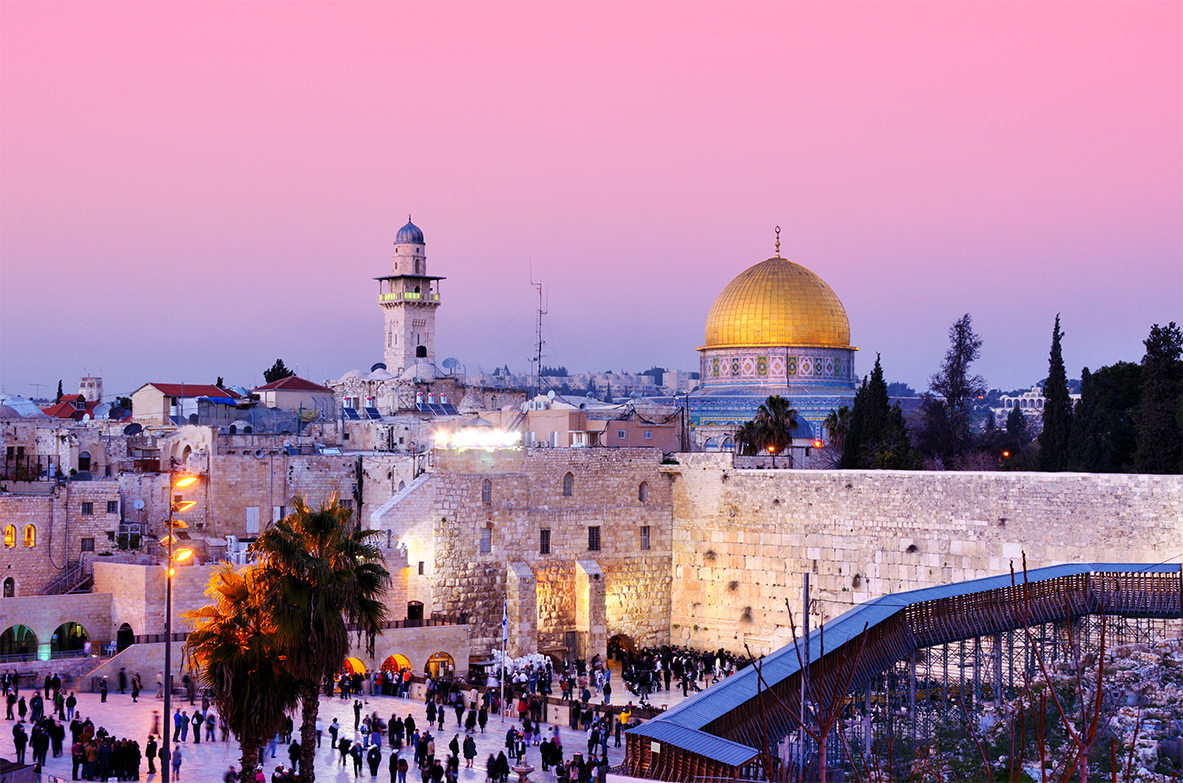Nails and Names

The Western Wall in Jerusalem, Israel
One of the fascinating things in Judaism is the keeping of customs even long after their meanings have faded. For example, when visiting the Western (Wailing) Wall, a religious Jewish guide would suggest that you are seeing reminders of ancient temple worship.
As a Mormon Jew, it seems really obvious to me. Men are on one side, women on the other. A head covering is used and robes (Tallit) are placed on one shoulder and then another while certain words are recited. There is a sash (or “girdle”) tied with the bow on one side. Some wear aprons. Others remove their shoes. Pieces of paper are placed between the old temple wall stones with names written on them, people’s names who require special blessings. There is a “Minyan” of at least ten who form a prayer circle. Someone is always at hand to assist the person reciting the prayers so that there are correct intonations and proper clothing.
ANCIENT PRACTICES
Some practices have ceased, even though they were still in use around a hundred years ago. One of those is reflected by the thousands of old nails slightly protruding out of the wall cracks. A Rabbi described them as the “sure nails” pounded-in to fasten sins, implying one could leave their burdens and get on with life.
Isaiah speaks clearly about this in five powerful verses in his twenty-second chapter. The term “House of David” is honoring him, initially, he purchased “Temple Square,” and gathered the materials to build the “House of the Lord.” The sealing powers of the Lord are referred to as “he shall open” and “he shall shut.” The Lord was nailed-surely, (documents and archaeological evidence shows that the Romans nailed in the hands and in the wrists to make the crucifixion stronger). The “Glorious throne of His Father’s House” implies the Lord was willing to take the sins of all mankind upon Himself.
“And I will clothe him with thy robe, and strengthen him with thy girdle, and I will commit thy government into his hand: and he shall be a father to the inhabitants of Jerusalem, and to the house of Judah . . . so he shall open, and none shall shut; and he shall shut, and none shall open . . . I will fasten him as a nail in a sure place; . . . they shall hang upon him all the glory of his father’s house . . . all vessels of small quantity, from the vessels of cups, even to all the vessels of flagons. In that day, saith the LORD of hosts, shall the nail that is fastened in the sure place be removed, and be cut down, and fall; and the burden that was upon it shall be cut off: for the LORD hath spoken it.” (Isaiah 22:21-25)
In ancient times, sins were symbolically written, collected, and placed, small ones in cups, larger ones in flagons (larger pots), so that they could be disposed of. To those who believe, their sins were nailed in a sure place.

